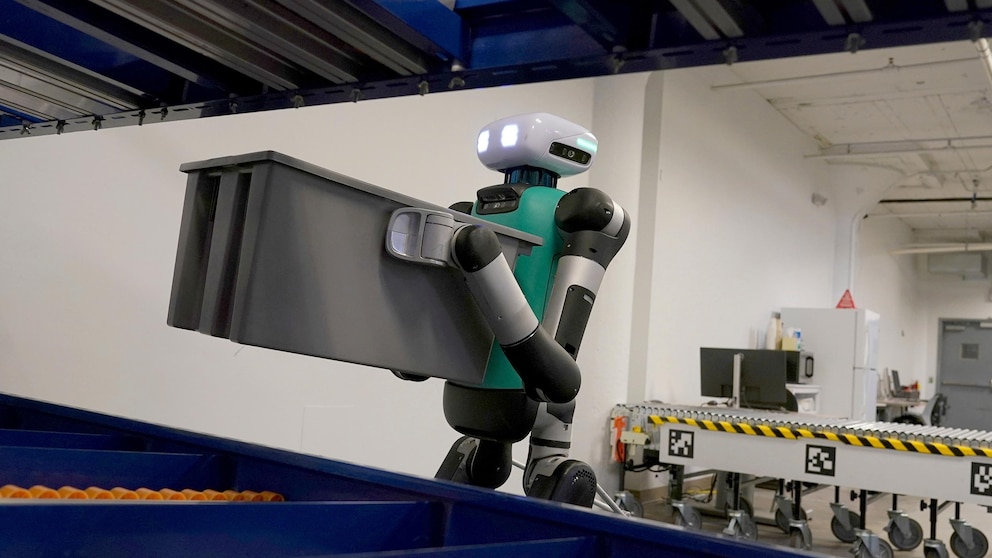Are Humanoid Robots Necessary Despite Their Awkwardness?
In recent years, there has been a significant rise in the development and use of humanoid robots. These robots, designed to resemble and mimic human movements, have sparked both excitement and skepticism among experts and the general public alike. While some argue that humanoid robots are necessary for various reasons, others question their usefulness due to their inherent awkwardness. So, are humanoid robots truly necessary despite their awkwardness? Let’s delve into the topic and explore both sides of the argument.
Firstly, it is important to understand the purpose behind creating humanoid robots. One of the main reasons for their development is to enhance human-like interactions and improve communication between humans and machines. By mimicking human gestures, facial expressions, and body language, humanoid robots can potentially bridge the gap between humans and technology, making it easier for people to interact with them.
Another crucial aspect is the potential applications of humanoid robots in various industries. For instance, in healthcare, these robots can assist in patient care, perform surgeries with precision, and even provide companionship to the elderly. In manufacturing, humanoid robots can be programmed to handle complex tasks that require dexterity and flexibility, ultimately increasing productivity and efficiency. Moreover, in disaster scenarios or hazardous environments, humanoid robots can be deployed to perform tasks that are too dangerous for humans.
Despite these potential benefits, one cannot ignore the awkwardness associated with humanoid robots. The uncanny valley effect, a phenomenon where human-like entities that are not quite convincingly human elicit feelings of unease or discomfort, is often cited as a reason to question the necessity of humanoid robots. The slightly off movements, facial expressions, or voice of these robots can sometimes create an eerie feeling that hinders their acceptance by humans.
However, it is important to note that the field of robotics is still evolving rapidly. As technology advances, so does the potential for improvement in the design and functionality of humanoid robots. Researchers are continuously working on refining their appearance, movement, and interaction capabilities to reduce the awkwardness factor. With advancements in artificial intelligence and machine learning, humanoid robots have the potential to become more natural and intuitive in their interactions with humans.
Moreover, the awkwardness of humanoid robots can also be seen as an opportunity for innovation and creativity. By embracing their uniqueness, designers and engineers can explore new ways to integrate humanoid robots into society. For example, rather than trying to replicate human movements perfectly, they can develop robots with their own distinct movements that are efficient and effective for specific tasks. This approach could lead to the creation of a new generation of robots that are not only functional but also aesthetically pleasing and engaging.
In conclusion, despite their inherent awkwardness, humanoid robots do hold significant potential and can be considered necessary in certain contexts. The ability to enhance human-machine interactions, improve productivity in various industries, and perform tasks in hazardous environments are just a few examples of their potential benefits. While the awkwardness associated with humanoid robots is a valid concern, it should not overshadow the progress being made in the field of robotics. As technology continues to advance, we can expect humanoid robots to become more refined, natural, and seamlessly integrated into our lives.



